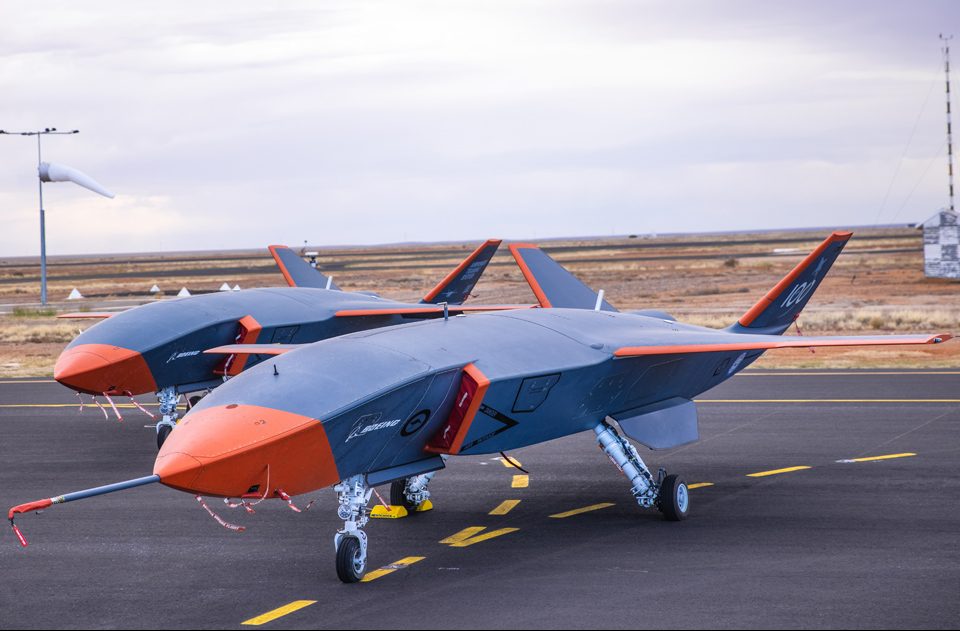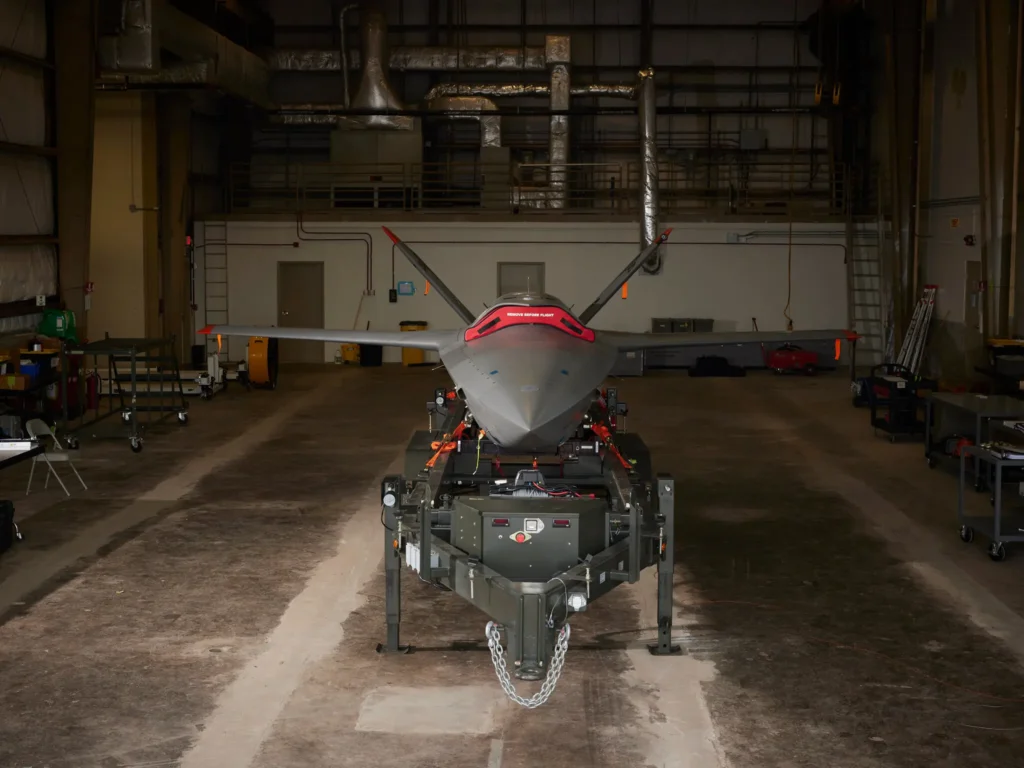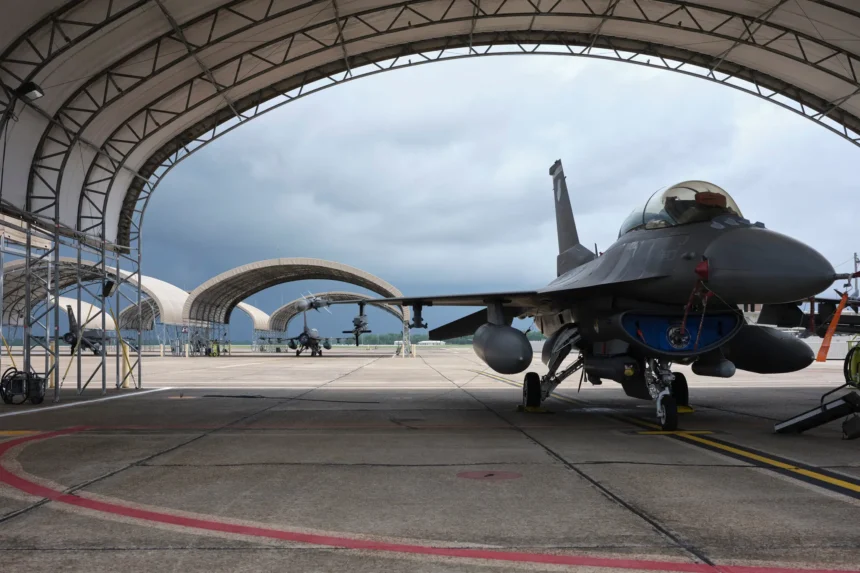- The Air Force wants $5.8 billion from Congress to support the "Loyal Wingman" program, which links human pilots with AI-enabled drones.
- Critics, such as Mary L. "Missy" Cummings, question the practicality of the program, suggesting that AI would be better used in strategic planning rather than in dogfights.
- Russian, Chinese, Indian, Japanese, and Australian "loyal wingman" drone programs demonstrate global interest in this technology.
In a move that turns heads, the U.S. Air Force is asking Congress for $5.8 billion over the next five years. The money will go toward a project they call a “program of record,” where AI drones work side-by-side with human pilots.
It’s a concept known as the “loyal wingman,” where drones assist in missions, making them less risky for pilots.

The focus of the investment is the XQ-58A Valkyrie, an AI-enabled drone made by Kratos Defense & Security Solutions.

Steve Fendley, President of Kratos’s Unmanned Systems division, says the drone offers good performance at a low cost. At a production rate of 50 drones per year, each Valkyrie would cost around $4 million. If produced at twice that rate, the cost drops to $2 million per drone.
Not everyone is sold on the idea. Some critics, like Mary L. “Missy” Cummings of George Mason University, question the project’s practicality.
Cummings argues that dogfighting is a dated concept and that the military should focus on other strategies. “There’s no reason you should ever be close enough to another aircraft to think of dogfighting; we should be shooting at enemy targets from many miles away,” she says.
Cummings also adds that AI would be better served in planning routes and helping pilots direct other craft.
She criticizes the “bomber pilot mafia and the fighter pilot mafia” for forcing new technology into old patterns.
Yet, drones have proven effective in recent conflicts. Observers note that the use of drones in current events, such as the situation in Ukraine, shows they have real potential in warfare.
This project is not just limited to the United States. Countries like Russia, China, India, Japan, and Australia are also exploring the “loyal wingman” concept. However, it remains to be seen if this investment by the U.S.
Air Force will pay off, or if it will face hurdles both in terms of cost and effectiveness.
More Read
For more in-depth coverage and analysis on the latest developments, visit our Breaking News section. Stay connected and join the conversation by following us on Facebook, and Instagram. Subscribe to our daily newsletter to receive the top headlines and essential stories delivered straight to your inbox. If you have any questions or comments, please contact us. Your feedback is important to us.










